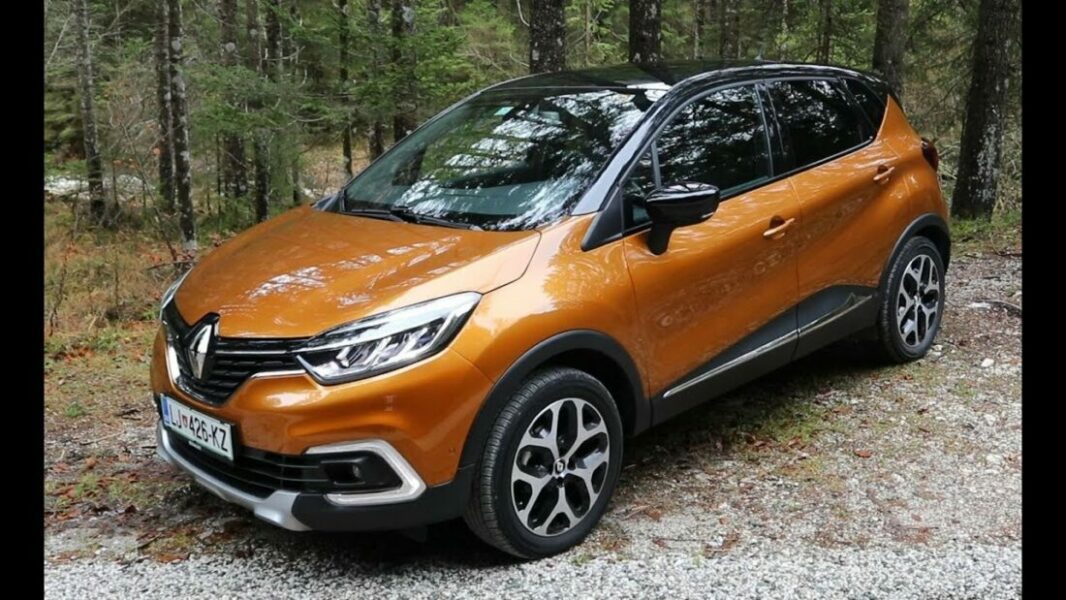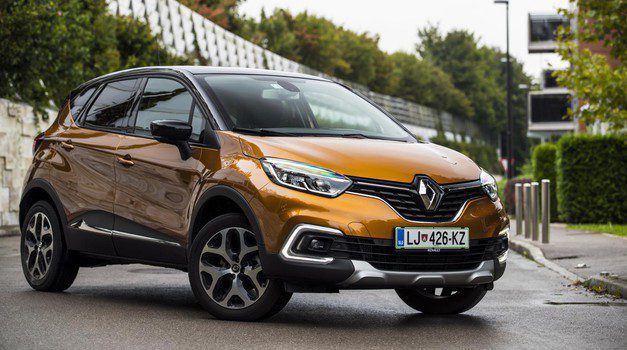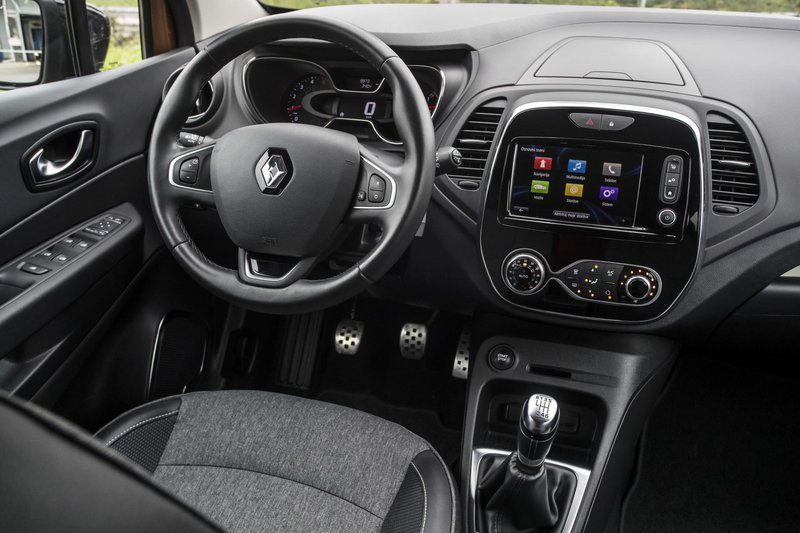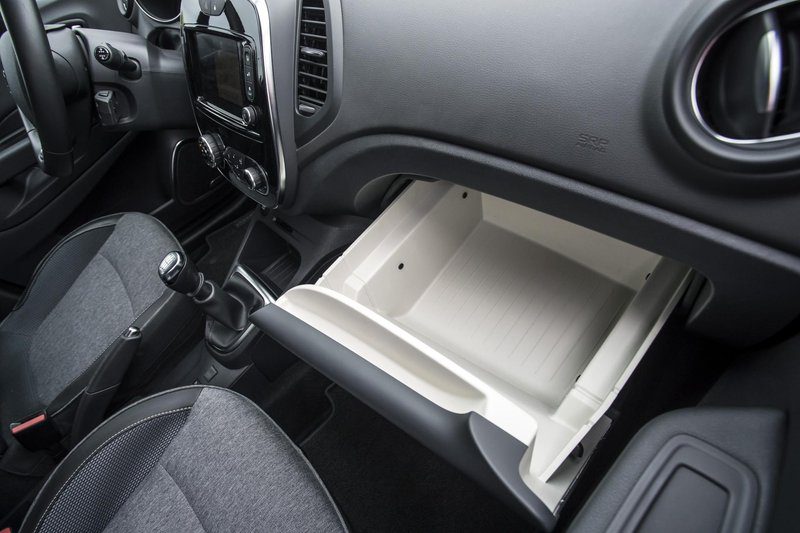
Test: Renault Captur – Outdoor Energy dCi 110
Cars run out of time quickly, and intermediate rejuvenation certainly helps to extend the life of the model. The Renault Captur experienced this last year, and while it is more understated, it comes noticeably close to the larger crossovers Renault, Kadjar and Koleos.

Uroš Modlič
In fact, at first glance, you notice a redesigned front end with a new, more pronounced grille, which most of all contributed to the Captur being slightly different in character from its Clio model and closer to the aforementioned older brothers.
The test Captur was released in an outdoor version, including an Extended Grip interface. In the cockpit, this is recognized by the adjuster next to the gear lever, with which, in addition to the main drive to the front wheels, we can also choose to drive on dirt surfaces and the Expert program, which gives the driver more control over the engine torque. The system electronically prevents the drive wheels from slipping and provides them with better grip on dirt or slippery surfaces. No miracles are to be expected, but the Extended Grip is still very comfortable in challenging driving conditions.

The good feeling is also enhanced by the 110-liter 1,5-horsepower turbo diesel engine, which was equipped with the test Captur. You can't achieve speed records with it, but in everyday traffic it turns out to be very lively, responsive and economical.
In keeping with the cruciform character, the interior is also quite practical, but with an increase in the number of competitors, today it may seem a bit skimpy. Still impressive is the roomy glove compartment, which we actually pull out from under the dashboard like a drawer. Its use is very practical, so it's unusual that it hasn't received an imitator in three years. The longitudinal movement of the rear seat also contributes to the comfort of the rear passengers - at the expense of the trunk, which otherwise offers an available 322 liters of space.

The Renault Captur, with its Outdoor equipment, thus flirts a little with less tidy surfaces, but remains a crossover that is especially handy for on-road use.
text: Matija Janezic · photo: Uros Modlic

Renault Renault Captur Open Energy dCi 110
Basic data
Technical information
| engine: | 4-cylinder - 4-stroke - in-line - turbodiesel - displacement 1.461 cm3 - maximum power 81 kW (110 hp) at 4.000 rpm - maximum torque 260 Nm at 1.750 rpm. |
|---|---|
| Energy transfer: | front wheel drive engine - 6-speed manual transmission - tires 205/55 R 17 V (Kumho Solus KH 25). |
| Capacity: | : top speed 175 km/h - 0-100 km/h acceleration 11,3 s - average combined fuel consumption (ECE) 3,9 l/100 km, CO2 emissions 101 g/km. |
| Mass: | empty vehicle 1.190 kg - permissible gross weight 1.743 kg. |
| External dimensions: | length 4.122 mm – width 1.778 mm – height 1.566 mm – wheelbase 2.606 mm – trunk 377–1.235 45 l – fuel tank XNUMX l. |
Our measurements
| T = 23 ° C / p = 1.063 mbar / rel. vl. = 55% / odometer status: 4.088 km | |
| Acceleration 0-100km: | 10,8s |
|---|---|
| 402m from the city: | 11,7s |
| Flexibility 50-90km / h: | 7,8 / 12,6s |
| Flexibility 80-120km / h: | 11,0 / 13,6s |
| test consumption: | 6,2 l / 100km |
| Fuel consumption according to the standard scheme: | 4,6l / 100km l / 100km |
| Braking distance at 100 km / h: | 40,2m |
| AM table: | 40m |
| Noise at 90 km / h in 6rd gear | 60dB |
evaluation
Renault Captur with its 110-horsepower turbodiesel engine is quite lively and economical car. He is also well-equipped, although he is known to be no longer the youngest model.
We praise and reproach
economical and relatively lively engine
Transmission
comfort and transparency
attractive color combination
fuel consumption
relative obsolescence of equipment
